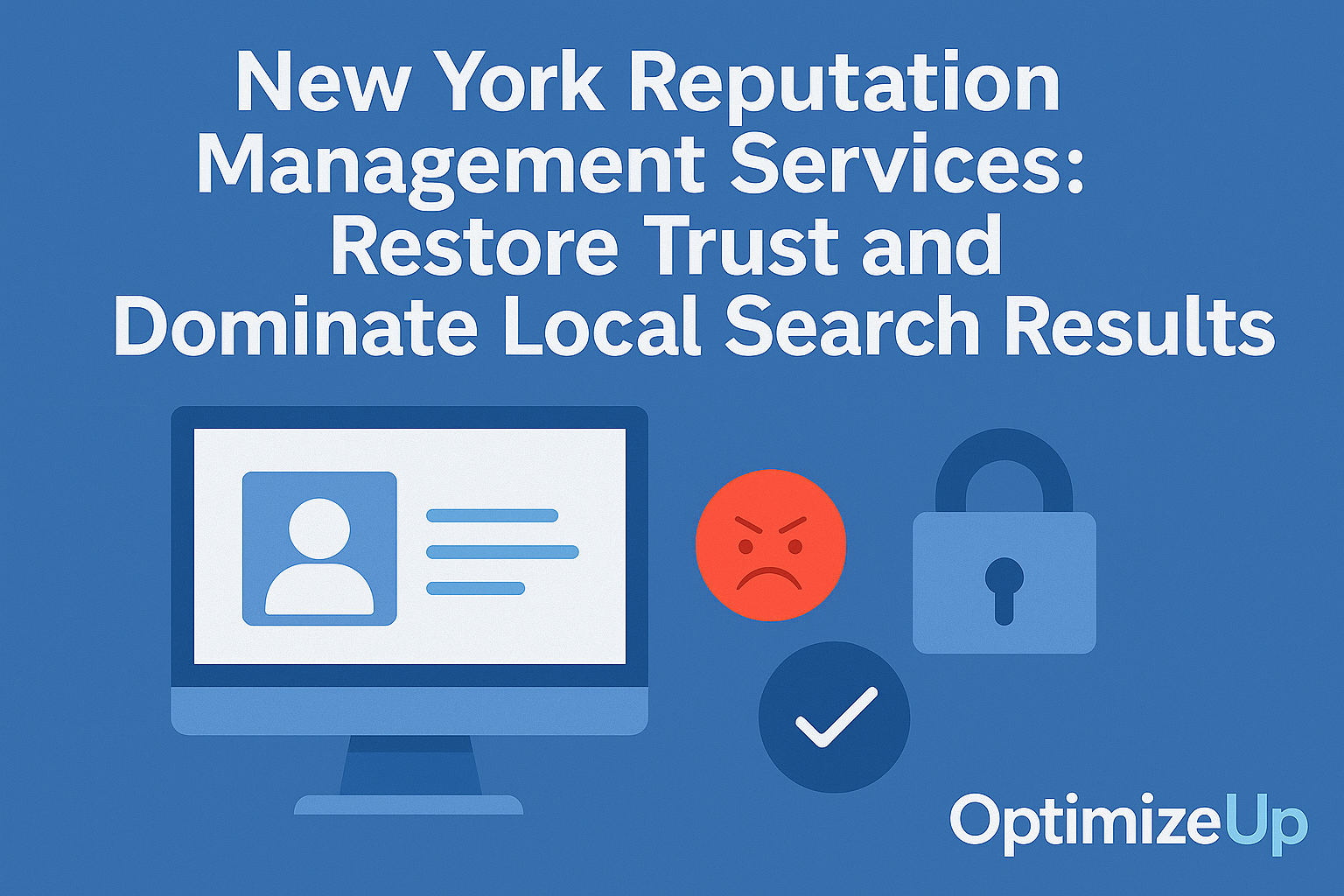In the age of instant information, a PR crisis can strike without warning. One bad review, viral video, leaked email, or executive misstep can spiral into headlines, social media backlash, and lasting damage.
Brands that survive don’t just react—they prepare, communicate, and recover with purpose.
This comprehensive guide explains how to manage a PR crisis from the first signal of trouble to the final stage of rebuilding brand equity. Whether you’re a small business, public figure, or global enterprise, these proven tactics apply.
What Is a PR Crisis?
A PR crisis is any incident that threatens your brand’s reputation or stakeholder trust. It can come from internal mistakes or external attacks.
Common PR Crisis Triggers:
- Negative media coverage
- Social media outrage or cancel campaigns
- Customer data breaches
- Offensive employee behavior
- Product recalls or failures
- Fraud or legal violations
- Executive scandals
Why It Matters:
A PR crisis can lead to:
- Revenue loss
- Brand boycotts
- Talent resignations
- Stock dips or investor pullback
- Loss of public trust
The PR Crisis Lifecycle
Understanding the phases helps you navigate them effectively:
- Detection – Identifying the issue early through alerts, monitoring, or whistleblowers
- Response – Taking action, creating messages, and communicating across platforms
- Mitigation – Stopping escalation and correcting misinformation
- Recovery – Rebuilding brand image, stakeholder relationships, and media trust
“The first 24 hours define the next 24 months.” – Optimize Up
How to Handle a PR Crisis: 10 Strategic Steps
1. Build a Crisis Team Before Trouble Hits
Assemble a core team with:
- Communications lead
- Legal advisor
- Customer support lead
- Social media manager
- Executive liaison
Run crisis simulations regularly.
2. Monitor Constantly for Red Flags
Use tools like:
Set alerts for:
- Your brand
- Key personnel
- Products or services
- Negative keywords (e.g. “[Brand] scandal”)
3. Acknowledge, Don’t Hide
Silence or delays fuel speculation. Issue a holding statement:
textCopyEdit“We are aware of the situation and are actively reviewing the facts. We value our customers and will share more details shortly.”
Post across all channels. Update regularly.
4. Speak with Clarity and Empathy
Use the 3Rs framework:
- Recognize the issue
- Respond with facts
- Reassure stakeholders
Avoid legalese or blame. Be human.
5. Designate a Single Spokesperson
Maintain message discipline. Choose someone who is:
- Trained in crisis communications
- Empathetic under pressure
- Authorized to speak on behalf of leadership
6. Apologize When Appropriate
Genuine apologies can diffuse public anger. Example:
“We fell short of our own standards, and we’re sorry. We’re committed to making things right.”
Avoid:
- “We regret if you were offended.”
- “It wasn’t our intent.”
7. Communicate Internally First
Keep your team informed. Send internal memos before public posts. Provide:
- Talking points
- FAQ responses
- Next steps and timeline
8. Publish a Crisis Response Hub
Create a dedicated page on your site with:
- Official statements
- Updates and press coverage
- Contact for media and customers
- Preventative actions taken
Example: www.yourcompany.com/update-incident-response
9. Watch Sentiment and Adjust Tactics
Track media sentiment and social response with:
Shift messaging if backlash increases or rumors spread.
10. Plan a Long-Term Reputation Rebuild
Rebuild trust with:
- Positive media stories
- Charitable actions
- Transparency reports
- SEO suppression for negative results
- Third-party endorsements
Tools to Use During a PR Crisis
| Tool | Use Case | Website |
|---|---|---|
| Google Alerts | Free brand monitoring | google.com/alerts |
| Brand24 | Social and news tracking | brand24.com |
| Meltwater | Media intelligence and analytics | meltwater.com |
| Hootsuite | Social publishing + listening | hootsuite.com |
| Sprout Social | Engagement tracking + scheduling | sproutsocial.com |
| Optimize Up | Suppression, SEO, full strategy | optimizeup.com |
Post-Crisis SEO and Search Management
If negative articles or content appear on Google:
- Create and publish new blog content weekly
- Launch PR releases through platforms like PRNewswire
- Secure interviews or guest posts
- Build backlinks to positive pages
- Suppress negative links with SEO (Optimize Up can help)
Crisis Communication Examples (Templates)
Press Statement Template
textCopyEditWe acknowledge the concerns raised regarding [issue]. Transparency is a core value of our company. We’re investigating the matter and taking immediate steps to ensure it doesn’t happen again.
We are committed to earning back your trust.
Social Media Holding Post
textCopyEditWe’re aware of the issue and are reviewing the facts. We take this seriously and will provide an update shortly.
How Optimize Up Can Help
In a PR crisis, seconds count. Optimize Up provides:
- Real-time monitoring
- Crisis communications playbooks
- Legal-compliant messaging support
- SEO suppression for negative results
- Content strategy and rebuilding plans
Take control when it matters most. Contact Optimize Up for confidential crisis help.
Frequently Asked Questions
Acknowledge the situation publicly while investigating privately. Do not delay response.
Only if they violate policy. Otherwise, respond constructively and transparently.
Yes, but organic SEO suppression is more sustainable. Ads work best alongside a content strategy.
Anywhere from 30 days to 18 months, depending on the severity and brand equity.
Some companies carry PR or reputation damage riders. Check with your broker.
Large or legal crises often benefit from external help. Optimize Up provides both strategic and technical expertise.
Additional Considerations for Crisis Planning and Prevention
Establishing a Crisis Management Protocol
A proactive plan reduces response time and improves outcomes. Key components include:
- A written crisis communication policy
- A contact list of internal and external stakeholders
- Access to secure communication channels
- Pre-approved holding statements and press templates
Conducting a Risk Audit
Assess which areas of your business are vulnerable to public scrutiny:
- Data handling practices
- Workplace culture and HR policy
- Customer service trends
- Vendor and supply chain risk
Use insights to reinforce compliance and training.
Crisis Simulation Drills
Practice your response before a real crisis:
- Simulate realistic media scenarios
- Evaluate team roles and timing
- Debrief and update protocols
Annual drills reduce panic and improve team cohesion.
Case Studies: Brands That Navigated Crises Effectively
Johnson & Johnson – Tylenol Recall (1982)
J&J set a gold standard by pulling 31 million bottles of Tylenol after tampering was discovered. Their swift, transparent response rebuilt consumer trust.
KFC – Chicken Shortage (UK, 2018)
Rather than avoid blame, KFC published humorous, apologetic ads and explained the distribution issue. This empathetic response diffused tension and won praise.
Airbnb – Discrimination Incident (2016)
When reports of racial bias surfaced, Airbnb implemented new anti-discrimination policies, engaged with civil rights groups, and launched Project Lighthouse for transparency.
Takeaway:
- Admit fault quickly
- Prioritize public safety or ethical principles
- Engage third parties to validate efforts
Cultural Sensitivity in Crisis Response
Global brands must tailor responses based on:
- Local media norms
- Government expectations
- Cultural attitudes toward apology, privacy, and accountability
Translation is not enough—localize tone and delivery.
Measuring Post-Crisis Recovery
Use KPIs to track brand health after the storm:
- Share of voice
- Net Promoter Score (NPS)
- Media sentiment score
- Review platform ratings
- Bounce-back in traffic or sales
Compare pre-crisis and post-crisis benchmarks every 30–60–90 days.





